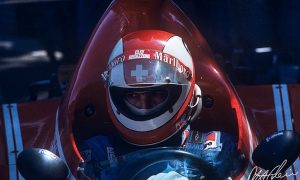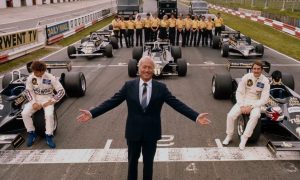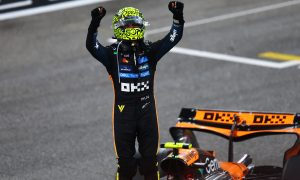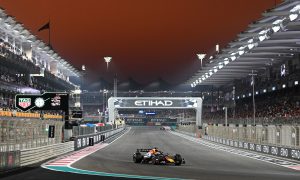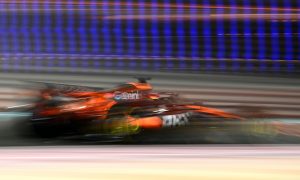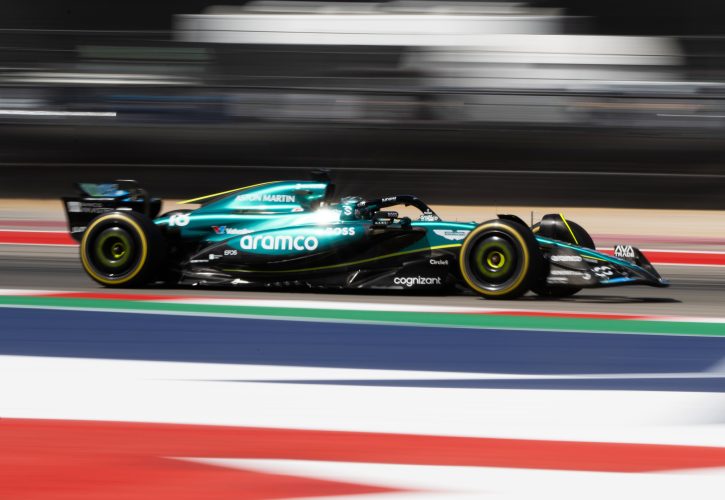
There’s a reason the Circuit of the Americas (COTA) boasts more fast corners than Spa and more slow corners than the Hungaroring.
Austin's track was designed to incorporate several iconic turns from Europe’s most famous circuits. Its balanced layout delivers plenty of excitement, demanding high downforce while also amplifying the effect of DRS.
COTA's speed trap is positioned at the end of the long straight between Turns 11 and 12, a crucial DRS zone. However, speed on the main straight leading up the hill to Turn 1 is equally vital, as this corner is a prime spot for overtaking.
In qualifying, RB’s Yuki Tsunoda collected bragging rights for setting the fastest top speed, the Japanese driver topping out at 334.2 km/h.
But overall, the velocity delta between the field’s 20 runners is marginal at less than 7km/h, putting the emphasis on how a car handles COTA’s undulating section.
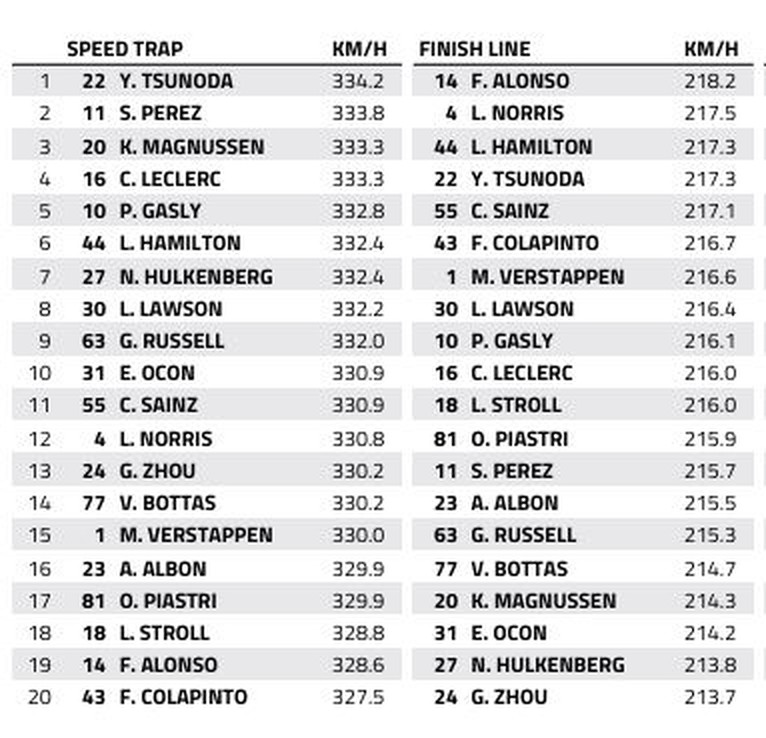
In Saturday’s Q3 shootout, Lando Norris pulled out what he described as “the best lap in my career” to claim pole for Sunday’s race.
However, it wasn’t lost on the McLaren driver that arch-rival Max Verstappen was on a blistering fast lap of his own that would have likely beaten Norris’ best when George Russell’s crash and a subsequent red flag brought the session to a screeching halt.
Verstappen’s speed in Q3 coupled with a return to his winning ways in Saturday’s Sprint would compel most pundits to consider the Dutchman as the favourite for top honours in Sunday’s race.
But a closer look under the hood of the Sprint event reveals how the Ferraris – and particularly Carlos Sainz – were almost on a par with Verstappen.
While the Red Bull driver kept a tight grip on his lead over Norris, Sainz and teammate Charles Leclerc battled furiously behind the top two, with little regard for tyre management.
Once Sainz cleared the Monegasque, his average lap time over the remaining laps, and despite mistreating his medium tyres, was just 0.009s slower than Verstappen’s own average.
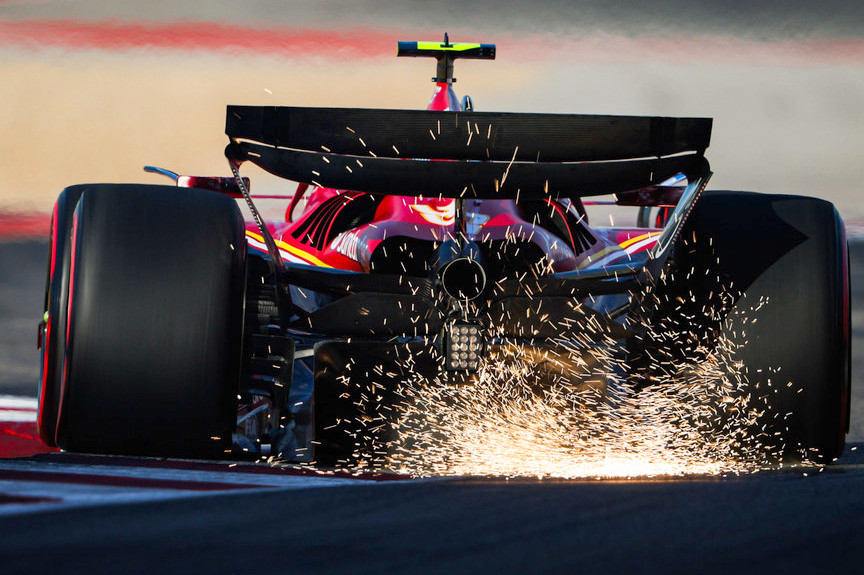
So, while Norris will start from pole, it looks like it will be a tall order for the Briton to hold his own at the front. But Verstappen will also need to contend with the Scuderia’s chargers, both of whom are definitely in the mix for a win in Austin.
On a track where the total pit stop time is not very long (20”5), a two-stop is clearly the quickest strategy, with the most likely option involving the use of two sets of the C3 hard rubber and one set of mediums, according to Pirelli.
It’s therefore all to play for on Sunday between the usual suspects.
Keep up to date with all the F1 news via Facebook and Twitter



